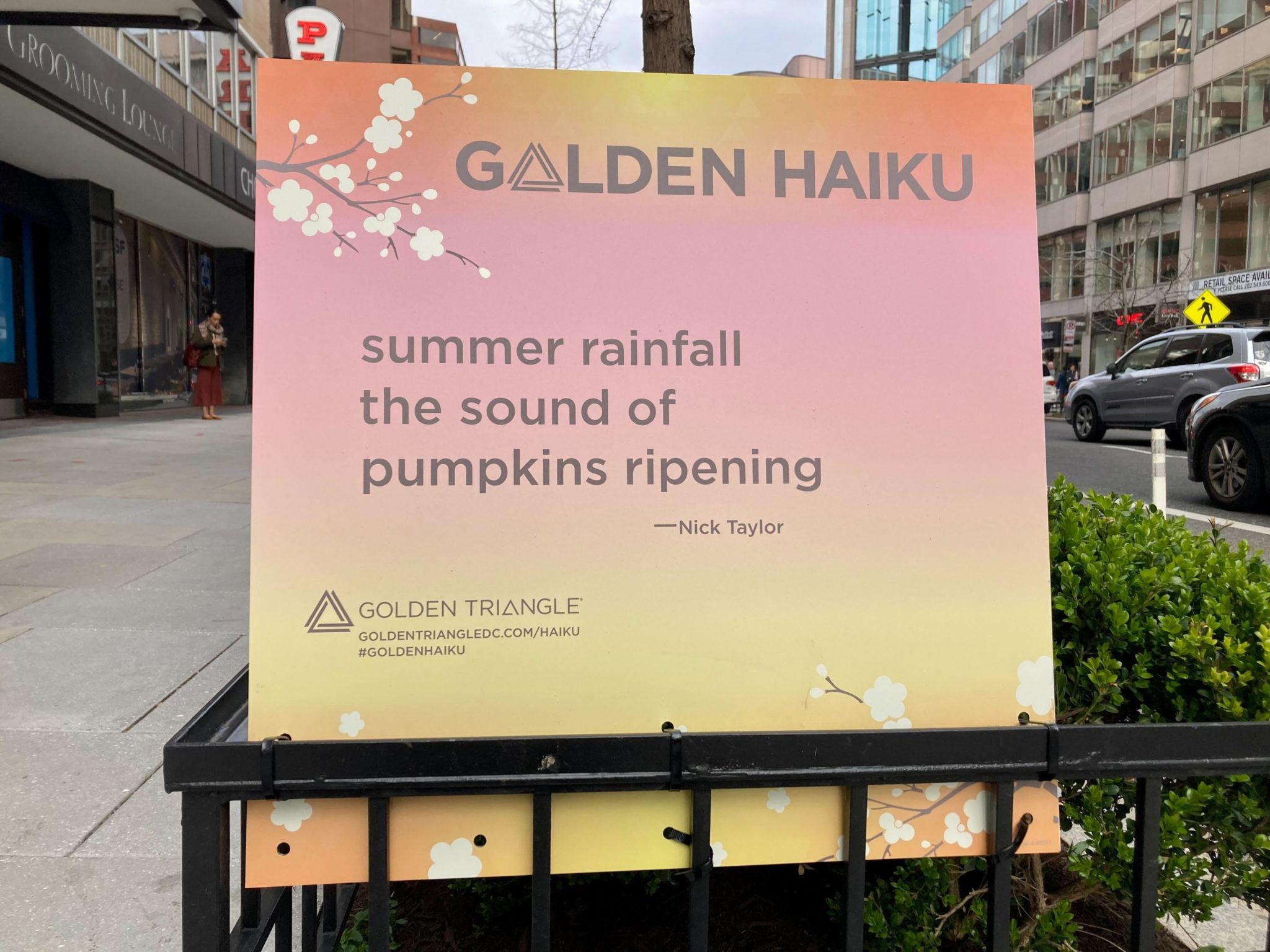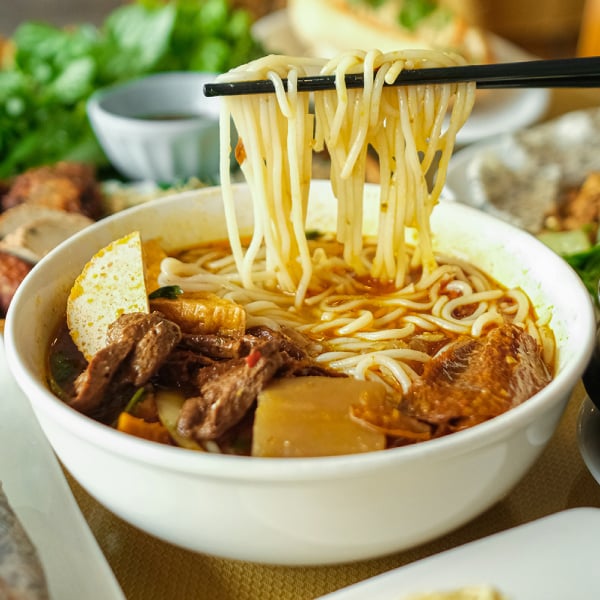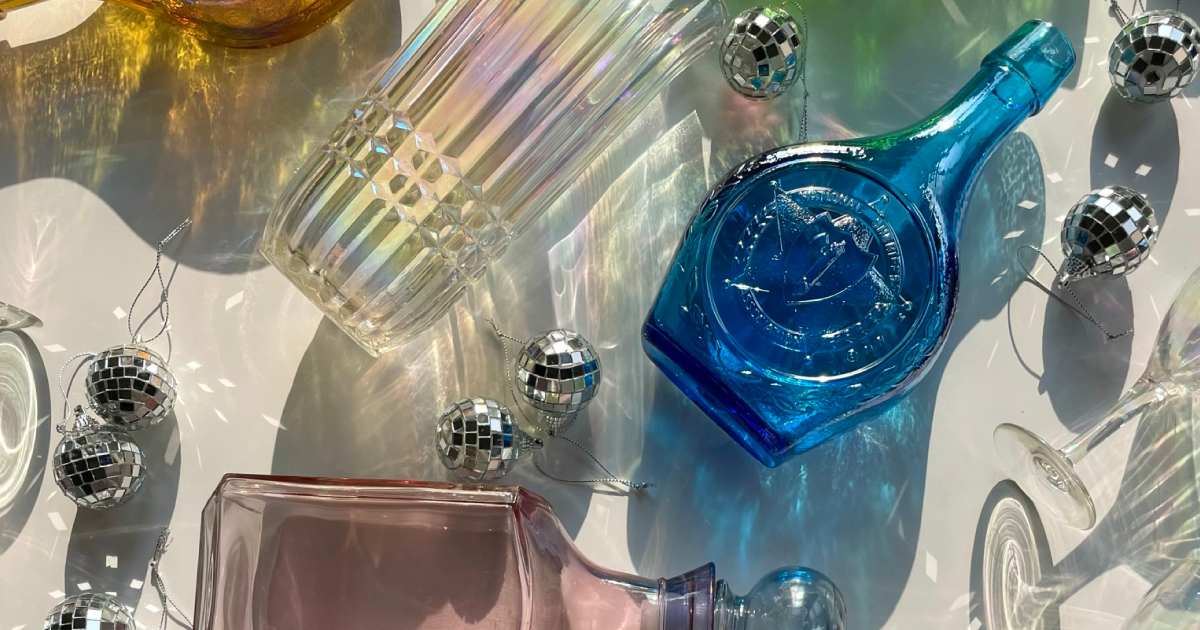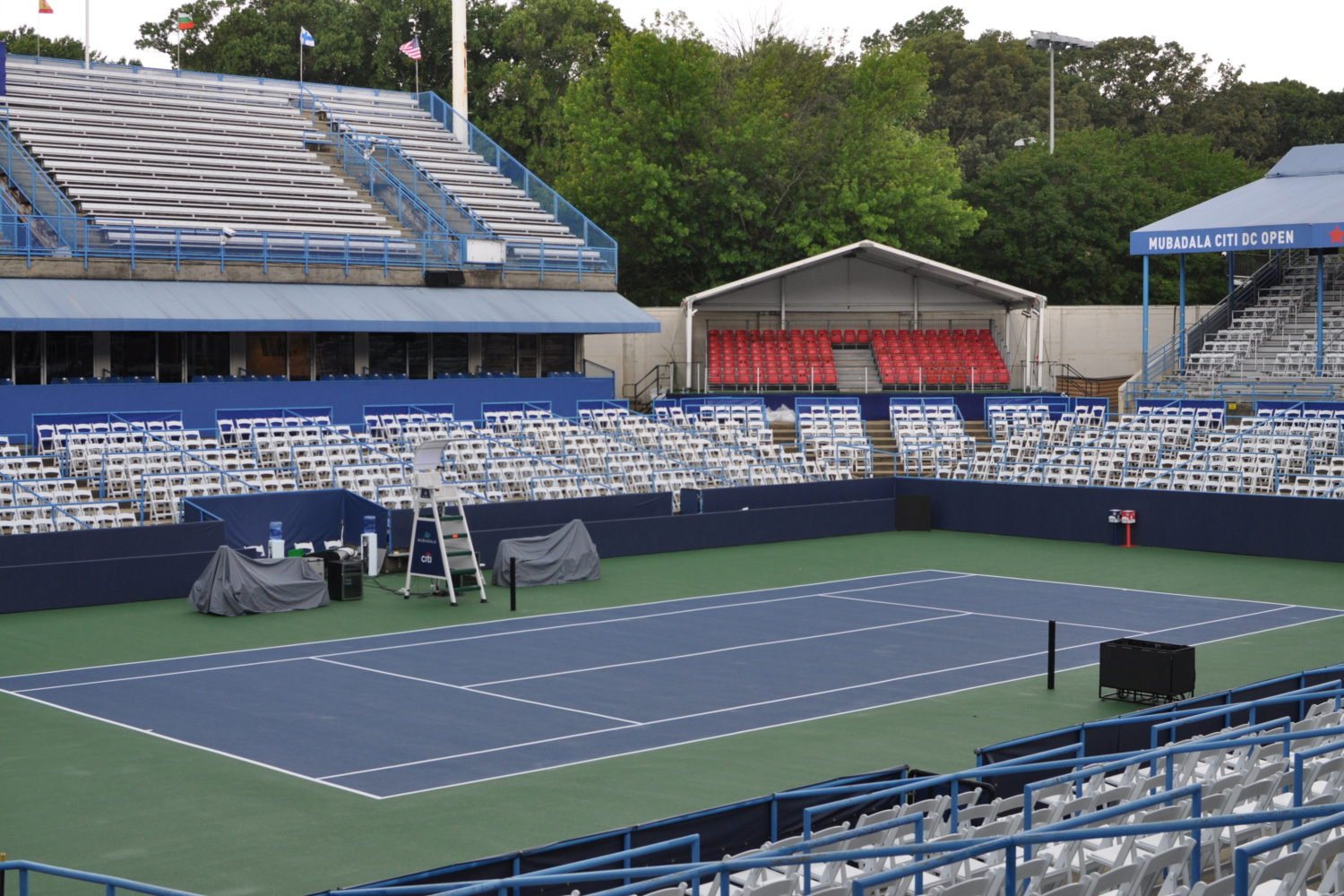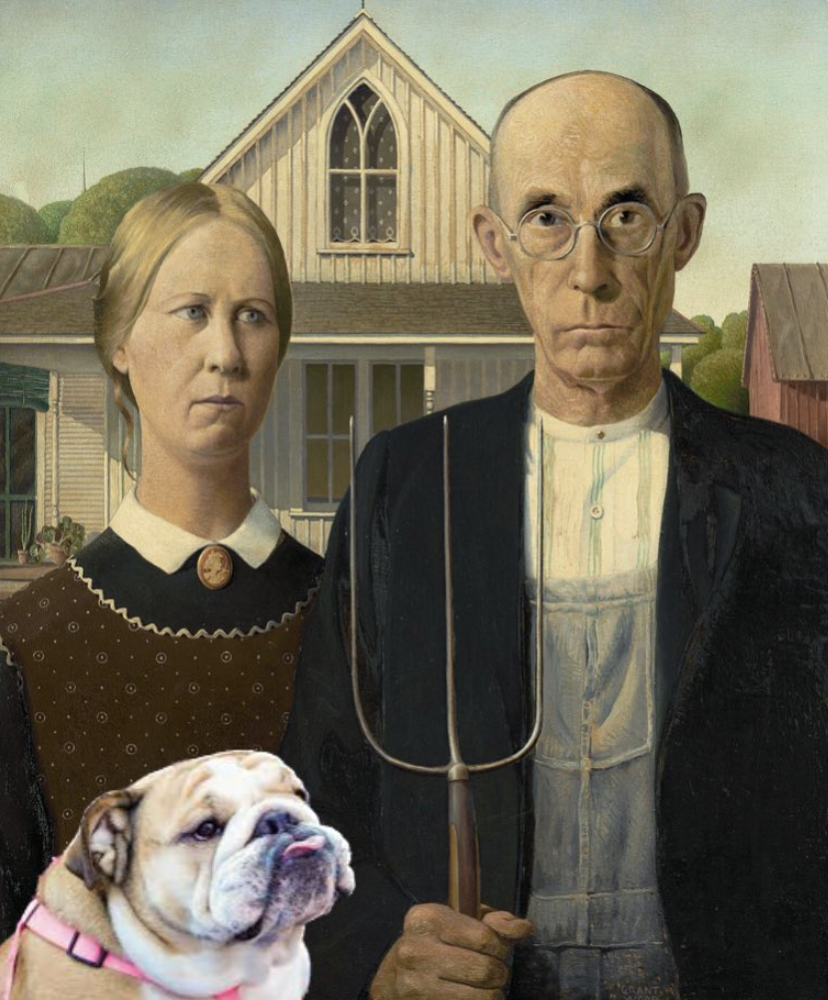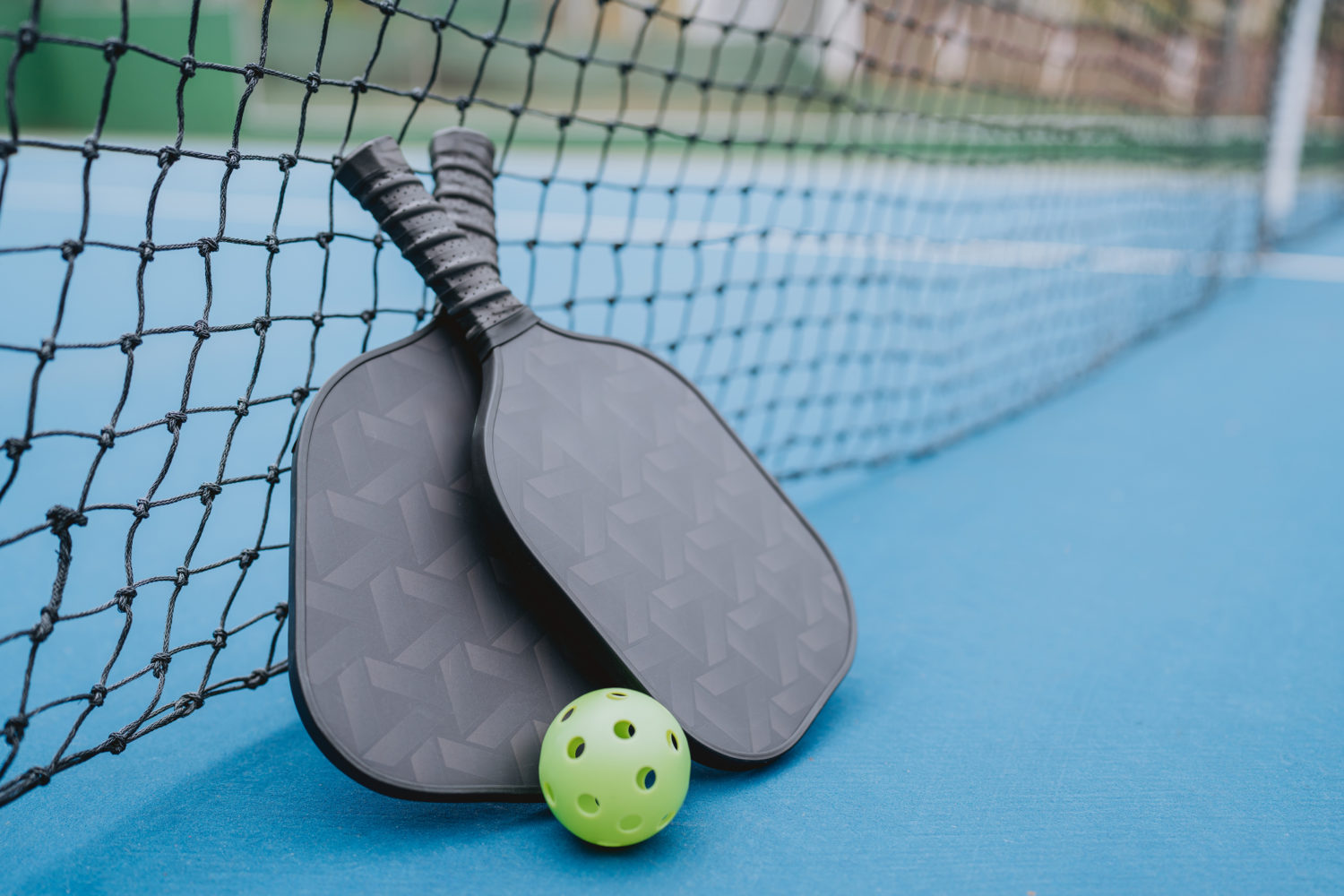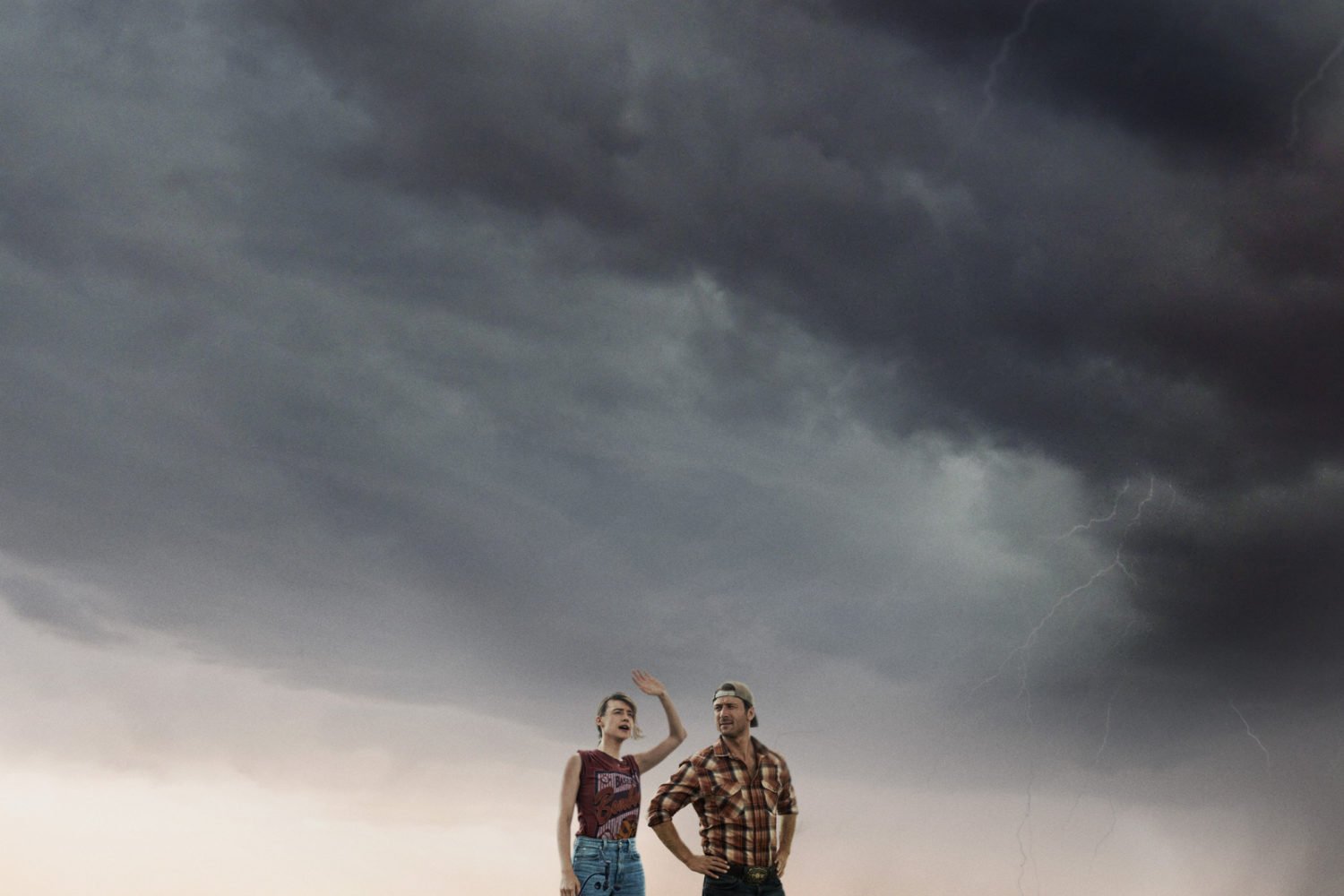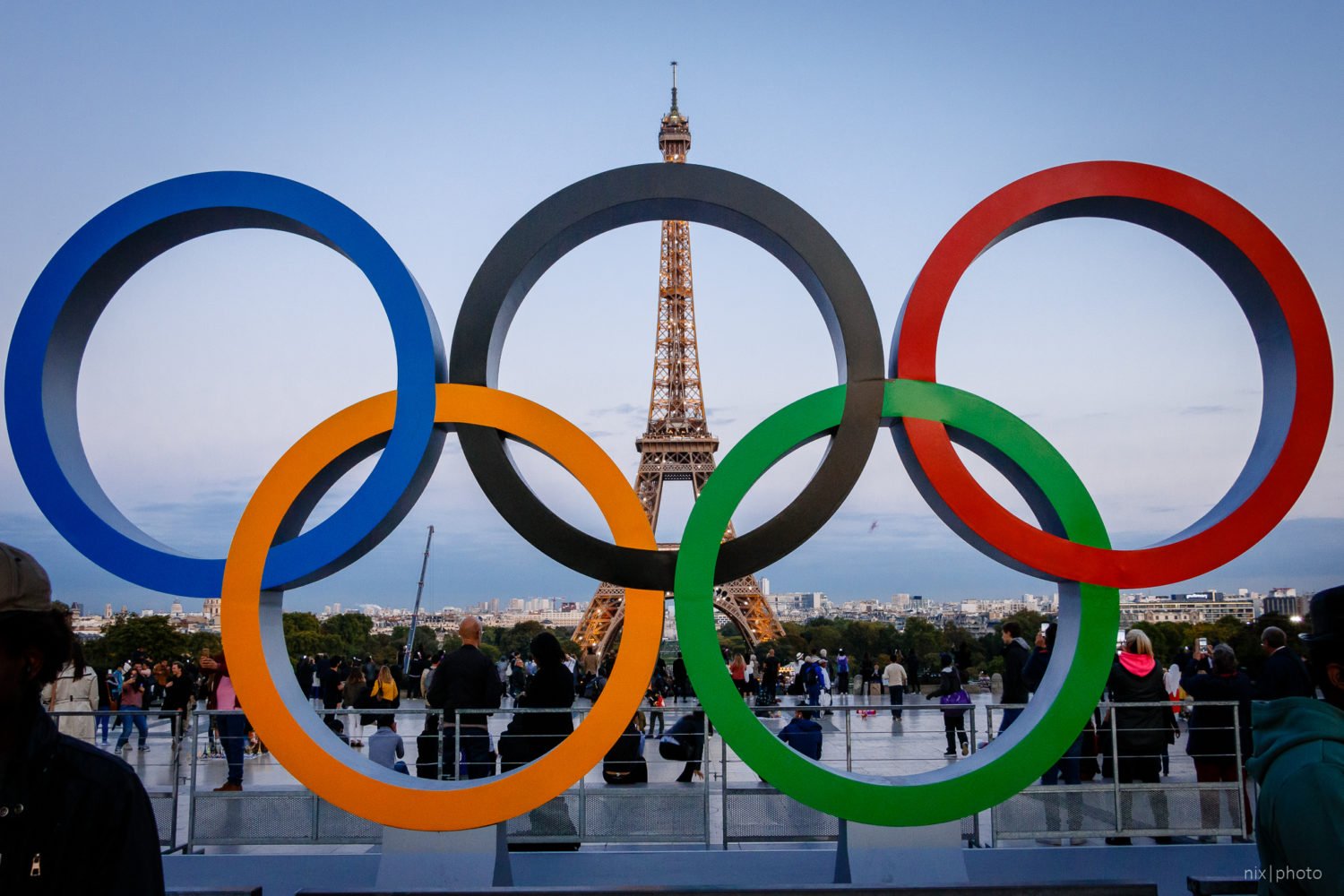A sure sign of spring has poked out of tree boxes in downtown DC: signs bearing winning entries in the Golden Triangle Business Improvement District’s annual haiku contest.
Here’s the first-place winner, by Rich Schilling:
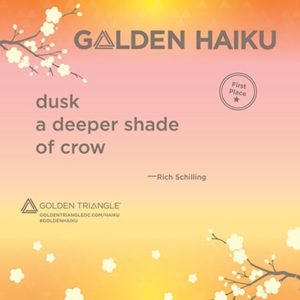
So how do these haiku become temporary street furniture? Washingtonian spoke with Abigail Friedman, who’s judged the contest since it began in 2014 and who worked with three other judges, all of whom boast significant experience with the art form. Friedman, a former diplomat, learned to write haiku in Japan with the poet Momoko Kuroda, who died just last week.
It’s no small task to judge the BID’s haiku contest. The judges read more than 3,100 individual haiku that were submitted by more than 1,600 people. Submissions came from all 50 states, Puerto Rico, and, of course, DC. There are categories for adults and for youths, and the judges read all the poems without the authors’ names attached.
Friedman says she doesn’t try to read the haiku in one go: ” You do it in little chunks,” she says. She narrows down entries she likes to several hundred, then the judges meet and assign points. Eventually, the panel determines winners—categories include a DC-area winner and honorable mentions for youths and adults.
People tend to focus on the winners, Friedman says, but what she likes best about this contest “is how many haiku we end up putting on the signs, in the tree boxes, because it’s really special for people to know their haiku was posted somewhere.” The point, she says, is “to inspire people to write haiku, or to continue writing haiku.”
A lot of people in the US grow up with the idea that haiku must be written with a rigid syllabic structure. The Golden Triangle says it “follows the Haiku Society of America’s guidelines for modern haiku, which does not require the traditional 5-7-5 structure.” Loosening up on syllable stricture, it says, “frees the author to use evocative language to capture a moment or expression of beauty in a short, descriptive verse.”
Aspiring haiku writers, Friedman says, should “just focus”—remember that they need to write something short and try to “capture something that caught you.” What you’re looking for, she says, is an image that’s “banging on the door of your soul” that will resonate with readers.
Her advice for writing haiku is good advice for other forms of writing: Cut out unnecessary words. Spend time tinkering with your work. (“Sometimes haiku needs to be massaged,” she says.) And always respect the reader: “It’s somehow figuring out where that sweet spot is where you are not explaining too much and not being so cryptic that the reader can’t access it.”
I asked Friedman to walk me through what she liked about some of the winning entries. Take Sue Courtney’s third-place winner, for instance:
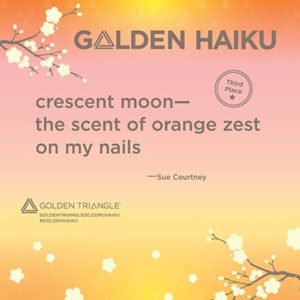 “Haiku that focuses on the scent rather than the visual is very interesting,” she says. The image of a crescent moon does double duty, placing the reader in time and also reminding them of the semicircles on fingernails, under which orange pith can gather. Schilling’s winning entry, she says, pulls a similar hardworking surprise: “The color of things seem to change with the setting of the sun. What’s outside the box here is it was a crow. Even the crow changes colors. I like what they did with that.”
“Haiku that focuses on the scent rather than the visual is very interesting,” she says. The image of a crescent moon does double duty, placing the reader in time and also reminding them of the semicircles on fingernails, under which orange pith can gather. Schilling’s winning entry, she says, pulls a similar hardworking surprise: “The color of things seem to change with the setting of the sun. What’s outside the box here is it was a crow. Even the crow changes colors. I like what they did with that.”
Most important, Friedman says, read the contest instructions carefully, hit your deadline, and consider the context in which poems will be seen: “They’re going to be in public flower beds,” she says. “You’re going to want a haiku that will be read in a public flower bed.”

